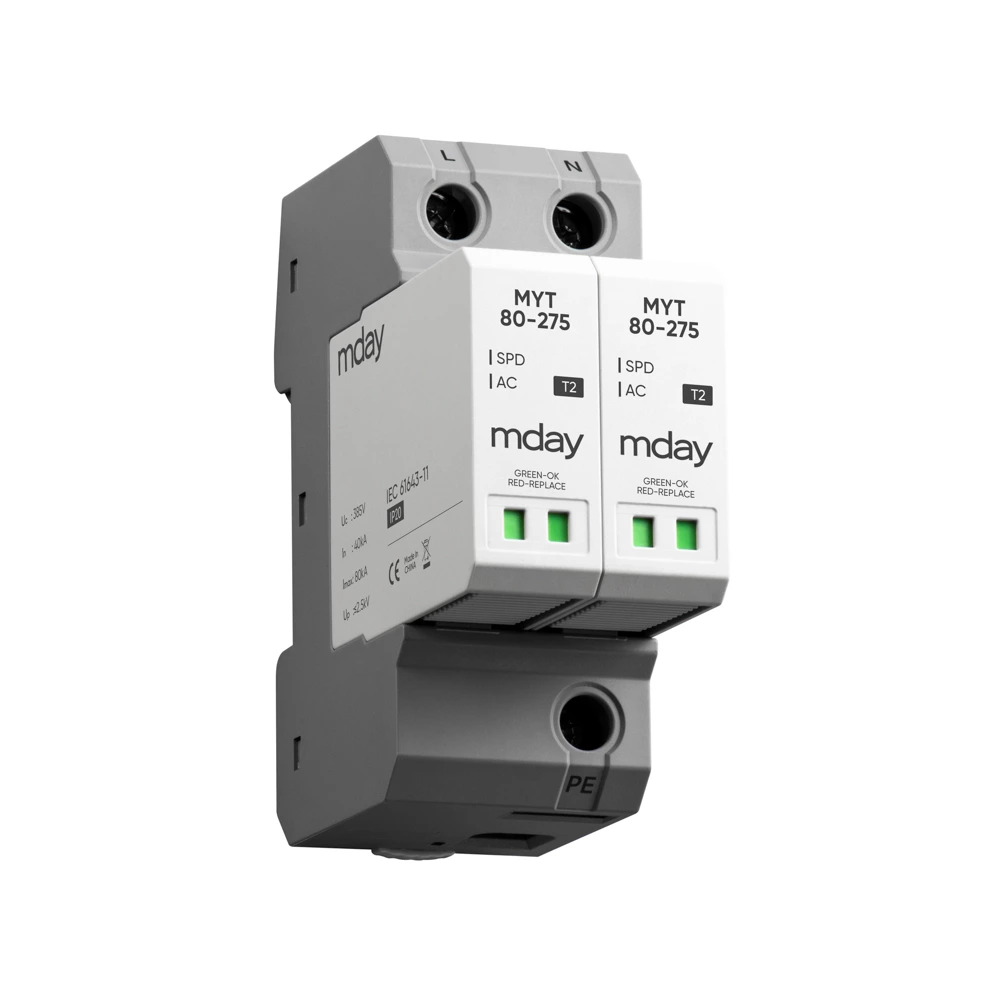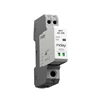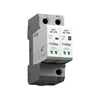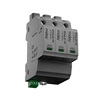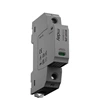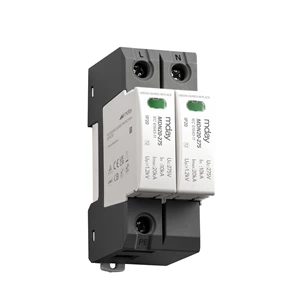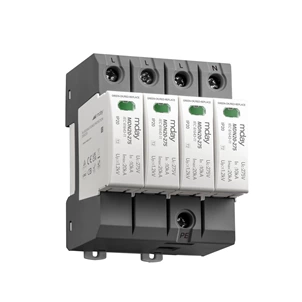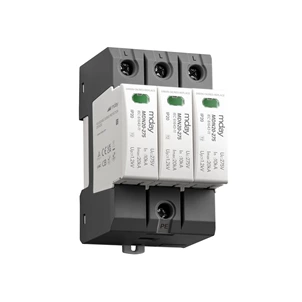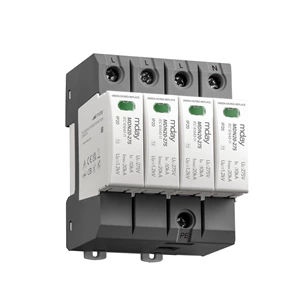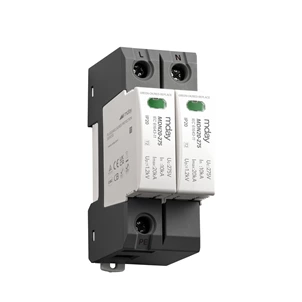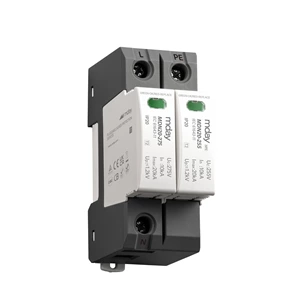Second Level Surge Protector Protection Design
Second-level protection
The purpose is to further limit the residual surge voltage passing through the first-level surge arrester to 1500-2000V and establish equipotential bonding between LPZ1 and LPZ2.
When used as a second-level surge protective device, the power surge arrester (SPD) at the output of the distribution cabinet circuit should be a voltage-limiting SPD with a lightning current capacity of at least 20kA. It should be installed at the branch distribution point supplying critical or sensitive electrical equipment. These SPDs better absorb the residual surge energy that passes through the surge arrester at the user's power supply entrance, providing excellent transient overvoltage suppression. The SPDs used in this area are required to have a maximum surge capacity of at least 45kA per phase and a limiting voltage of less than 1200V. These are referred to as Class II SPDs. Generally, the power supply system of users can meet the requirements for the operation of electrical equipment by achieving the second level surge protector. The second-level power supply lightning arrester adopts Class C surge protection device for phase-neutral, phase-ground and neutral-ground full-mode protection. The main technical parameters are: lightning current capacity greater than or equal to 40KA (8/20μs); residual voltage peak value is not greater than 1000V; response time is not greater than 25ns.
